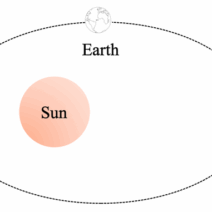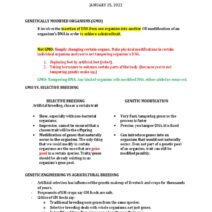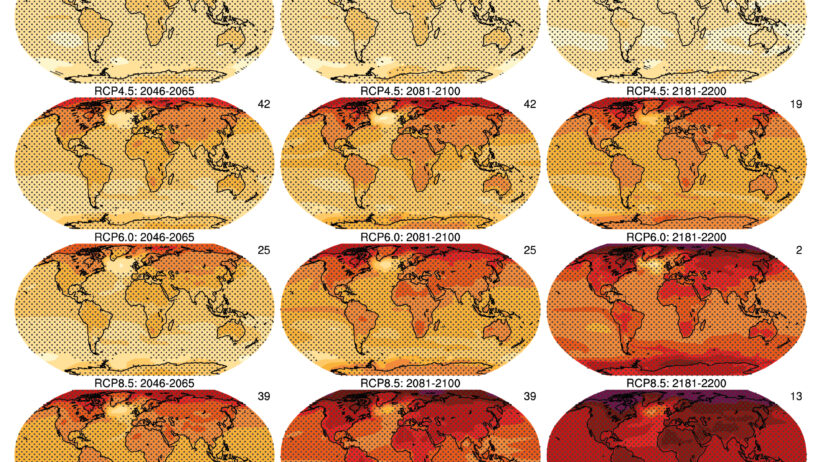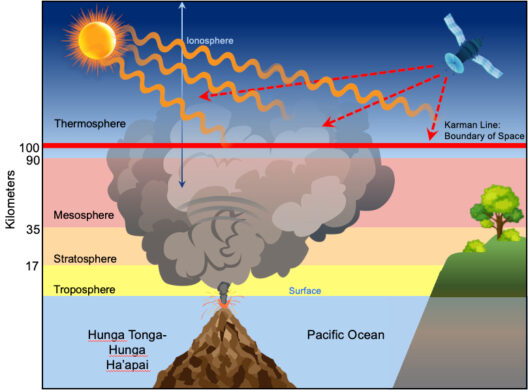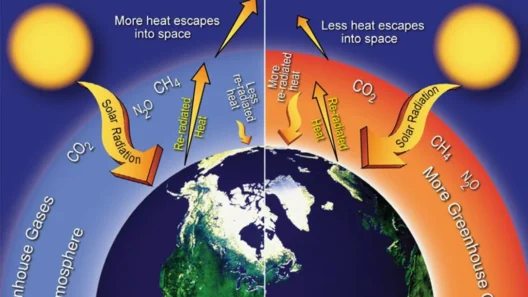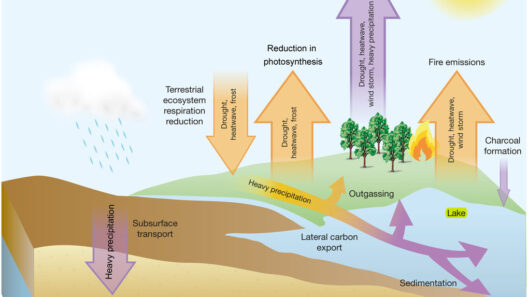The biosphere, encompassing all life on Earth and the environments that sustain it, is under siege—a veritable crisis precipitated by climate change. The interactions of countless species and their habitats are being disrupted in unprecedented ways, leading us to ponder a playful yet grave question: “What if the very fabric of life as we know it began to unravel?” This inquiry is not merely rhetorical; it poses a challenge to our collective consciousness and action as stewards of the planet.
As we delve deeper into the biospheric crisis, it becomes imperative to dissect the multifarious facets of climate change. This phenomenon is not isolated to a singular event or a specific geographic locale; it is a global malaise that manifests through diverse, interlinking avenues. Rising global temperatures, shifting precipitation patterns, and increasing ocean acidification are just a few threads woven into this complex tapestry.
The atmospheric accumulation of greenhouse gases—largely attributable to human activities such as fossil fuel combustion and deforestation—propagates these changes. Carbon dioxide, methane, and nitrous oxide, while naturally occurring, have reached alarming concentrations, leading to a well-documented warming trend that disrupts ecological equilibria. The gradual increase in global temperatures influences everything from the phenology of plants to the migratory patterns of wildlife.
The consequences of these changes are profoundly visible. In polar regions, rapid melting of ice caps spells doom for species reliant on this icy habitat for survival. For instance, polar bears, whose existence hinges on accessible sea ice, face grim realities as their hunting grounds dissolve. Such changes have a cascading effect on biodiversity, exemplifying the intricate interconnectedness that characterizes ecosystems.
In temperate zones, shifts in weather patterns usher in a new realm of challenges. Agriculture, a fundamental human endeavor, is increasingly vulnerable to erratic weather associated with climate change. The specter of droughts, floods, and unseasonable weather patterns looms over farmers, necessitating a reevaluation of traditional agricultural practices. Can we sustain a burgeoning global population in tandem with a fragile climate? This is a perplexing challenge that demands innovative solutions and adaptive strategies.
The marine biome, too, is not exempt from these seismic shifts. Ocean warming and acidification due to increased carbon dioxide absorption adversely affect coral reefs—often deemed the “rainforests of the sea.” These vibrant ecosystems support a staggering array of marine life and perform essential functions such as carbon storage and coastal protection. The plight of coral reefs invites a more expansive question: how irrevocably are our oceans changing, and will they be able to sustain future generations of life?
Further complicating the effects of climate change, habitat destruction driven by urbanization and resource extraction exacerbates the challenges faced by countless species. Deforestation, particularly in tropical rainforests, not only releases carbon stored in trees but also dismantles vital habitats that countless organisms rely upon. The loss of biodiversity represents not only an ethical dilemma but a pragmatic one; ecosystems rich in diversity tend to be more resilient in the face of environmental stressors.
As we confront the crisis, we must engage in dialogues that transcend disciplinary boundaries. Interdisciplinary collaboration can facilitate a holistic understanding of climate impacts, intertwining fields such as ecology, sociology, and economics. How can we harness the constructive potential of science, policy, and public engagement to forge paths toward sustainability? This challenge is critical as we strive for solutions that integrate human needs with environmental preservation.
The role of community initiatives is paramount in the quest for resilience. Grassroots movements, urban gardens, and local conservation efforts exemplify the potential for collective action. By empowering communities to engage with their local environments, we can foster stewardship and a sense of responsibility for the biosphere. Encouraging citizens to adopt sustainable practices—whether through recycling, reducing waste, or supporting local agriculture—serves to not only mitigate individual carbon footprints but also to galvanize communal engagement with climate issues.
Education plays a pivotal role in shaping an ecologically conscious society. By fostering environmental literacy from an early age, we can cultivate a generation equipped to navigate the challenges posed by climate change. Curriculum developments that incorporate ecological principles alongside social studies can inspire students to become proactive agents of change. This educational groundwork is not an endpoint but a launching pad for further inquiry and continuous learning about our interdependent world.
Moreover, policy interventions must evolve to address this multifaceted crisis effectively. Enforceable regulations on carbon emissions, investment in renewable energy technologies, and incentives for sustainable land use practices are essential components of a comprehensive climate strategy. It is not merely the responsibility of governments to initiate these changes; corporations must also engage in transformative practices that prioritize sustainability over short-term profit. The corporate world has the unique capability to leverage innovation for environmental good; can they rise to the occasion?
As we stand on this precipice, contemplating the many strands of the biospheric crisis, we must not underestimate the power of hope. The interplay between despair and optimism will define our journey. There is an urgency for action, a clarion call that reverberates through the halls of science, policy, and personal responsibility. Each decision made today—at every level of society—will indelibly impact the resilience of our biosphere. The question remains: are we ready to rise to this challenge, to stitch together new narratives that prioritize the health of our planet over the transient comforts of modernity? The answer lies within each of us, waiting to materialize as a collective movement toward a sustainable future.
